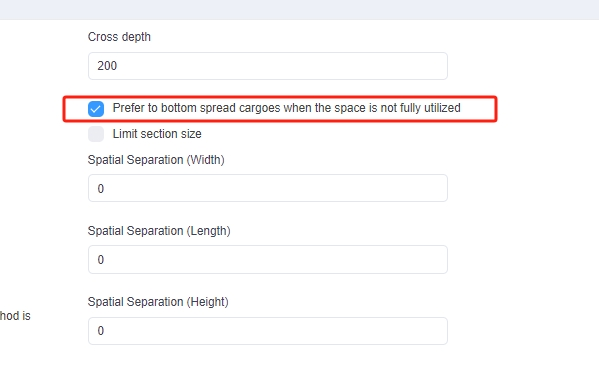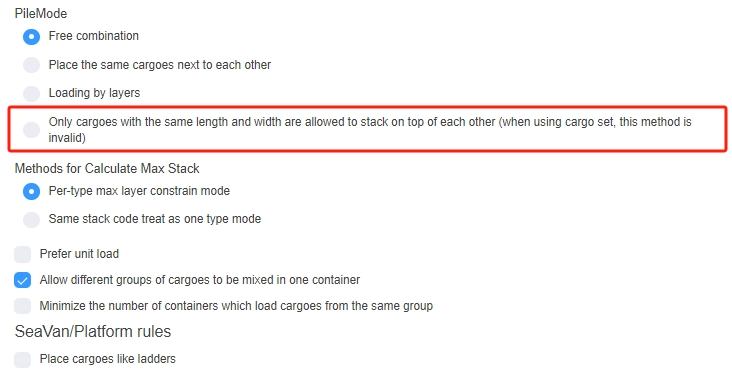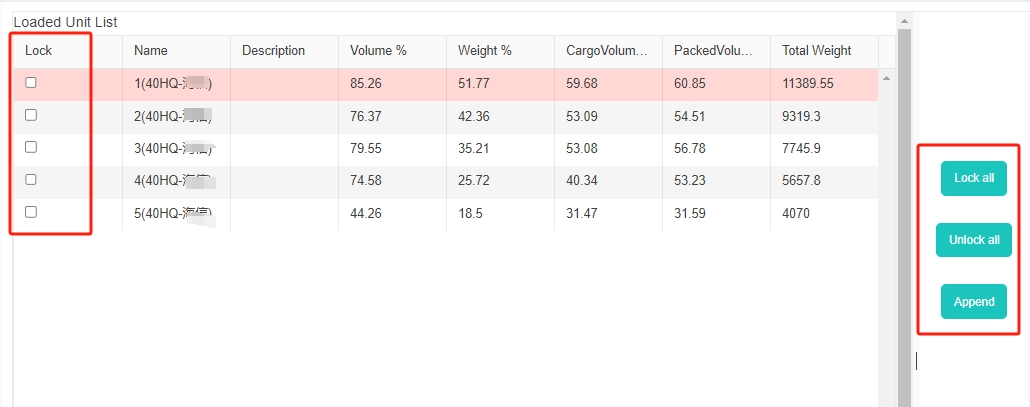Geely Auto Group is a key participant in the automotive industry and stands as one of China’s leading automobile manufacturers. Renowned for its innovative approach and diversified product portfolio, Geely specializes in producing various types of vehicles, including sedans, SUVs, electric cars, and commercial vehicles. As of now, Geely’s automotive products have been exported to over 100 countries and regions, spanning across Asia, Europe, South America, Africa, and Oceania. Geely maintains an extensive distribution and sales network in the international market, continually expanding its global market share.
Since Geely is from automotive industry, so it has to be faced with those industry-distinctive loading scenarios and requirements.
Let’s check it out.
Firstly, no matter the transported products are household vehicles, commercial vehicles, construction vehicles, buses, motorcycles, electric tricycles, or automotive spare parts, they are usually of large volume, heavy and high-value. Therefore in the freight shipping process, trying to avoid cargo damage is of great significance.
Then how to avoid cargo damage while loading through LoadMaster cargo loading optimization software?
①Keep the container’s or truck’s balance
1)Balance analysis to help check the offset of the center of gravity.

2)Manual edit to help adjust some certain cargo to keep the container’s balance.

3)Cargoes in the last-to-load not-fully-loaded containers are spread evenly on the ground to keep the container’s balance.


②Stack cargoes based on their load-bearing capacities
1)Determine the item placed at the bottom (As to large volume and heavy item)
2)Determine if others can be placed on top of each item.
3)Restrict the maximum total stacking layers of items with the same max stacking layers when they are allowed to stack together (Determine these items own one same stacking code, set their max layers the same, and regard them as the same SKU to stack while loading.)

4)Only allow items with the same or similar length and width to stack together.

Secondly, enterprises from automotive industry tend to ship items in batches, with large shipment volumes for a batch, dozens or hundreds of containers shipped at once. Under such circumstances, LoadMaster can intelligently select the most reasonable/cost-effective type of container for each loading solution. Also, the advanced algorithm can help meet the complicated loading constraints and the high calculation speed can help improve work efficiency. What’s more, when only a few containers are not well loaded among several hundred ones, users can lock those well-loaded containers and adjust the unlocked and not-well-loaded ones.

According to Geely, with the help of LoadMaster, now each case needs only 0.3MH to finish loading, decreasing from the original 0.6MH/CASE. Each container needs 0.1MH to finish loading, reducing from the initial 0.25MH/Container.
In the loading solution calculation, it used to need 13 people and now it only needs 7. And in the on-site loading, it used to need 15 people to stuff the cargo into containers, and now it only need 10. The work efficiency has been greatly improved. As for the loading rate, 29 standard containers can be saved for every 300 containers’ loading. That means a large amount of logistics costs can be saved, bringing the escalation of profits.
Check how we can help auto parts industry at https://blog.loadmaster.biz/2023/10/31/38/